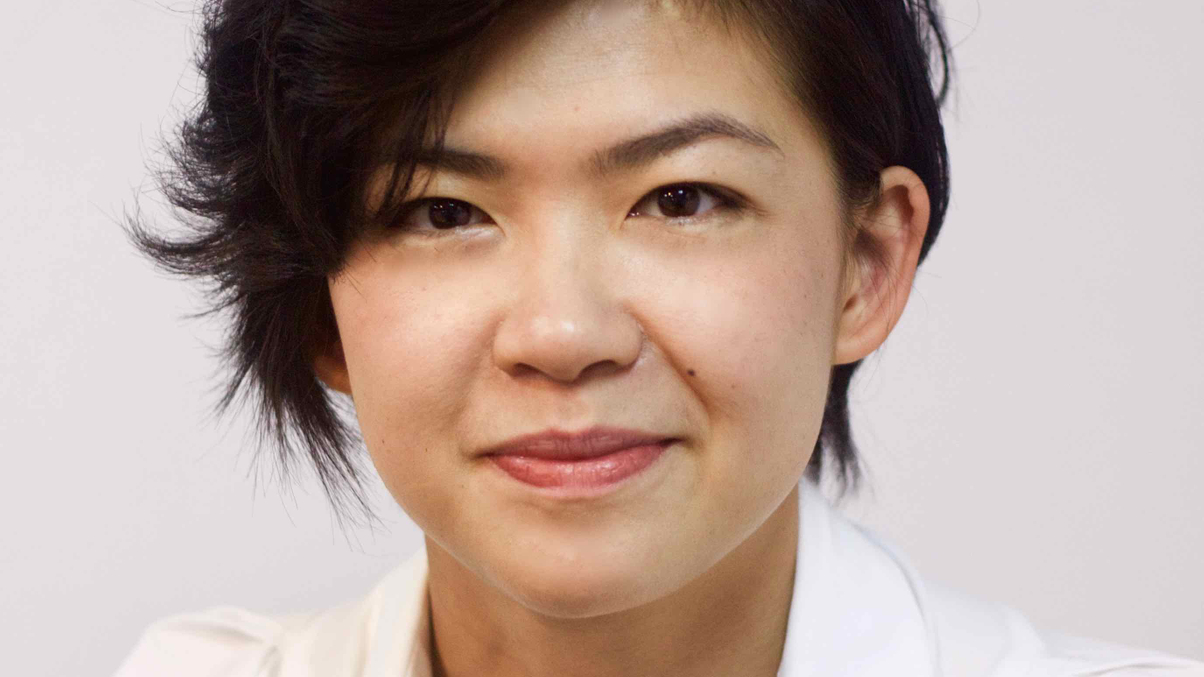Funds must prepare for $4.3tr outsourcing surge
Foreign fund managers must improve local operations in China and Southeast Asia to benefit from rising institutional asset outsourcing over the next decade, said Spence Johnson.

Global asset managers need to expand their local operations in mainland China and much of Southeast Asia if they are to fully benefit from $4.3 trillion of outsourced fund mandates over the coming decade, according to a new study by institutional asset management consultancy Spence Johnson.
Sign In to Your Account
Access Exclusive AsianInvestor Content!
Please sign in to your subscription to unlock full access to our premium AI resources.
Free Registration & 7-Day Trial
Register now to enjoy a 7-day free trial—no registration fees required. Click the link to get started.
Note: This free trial is a one-time offer.
¬ Haymarket Media Limited. All rights reserved.


